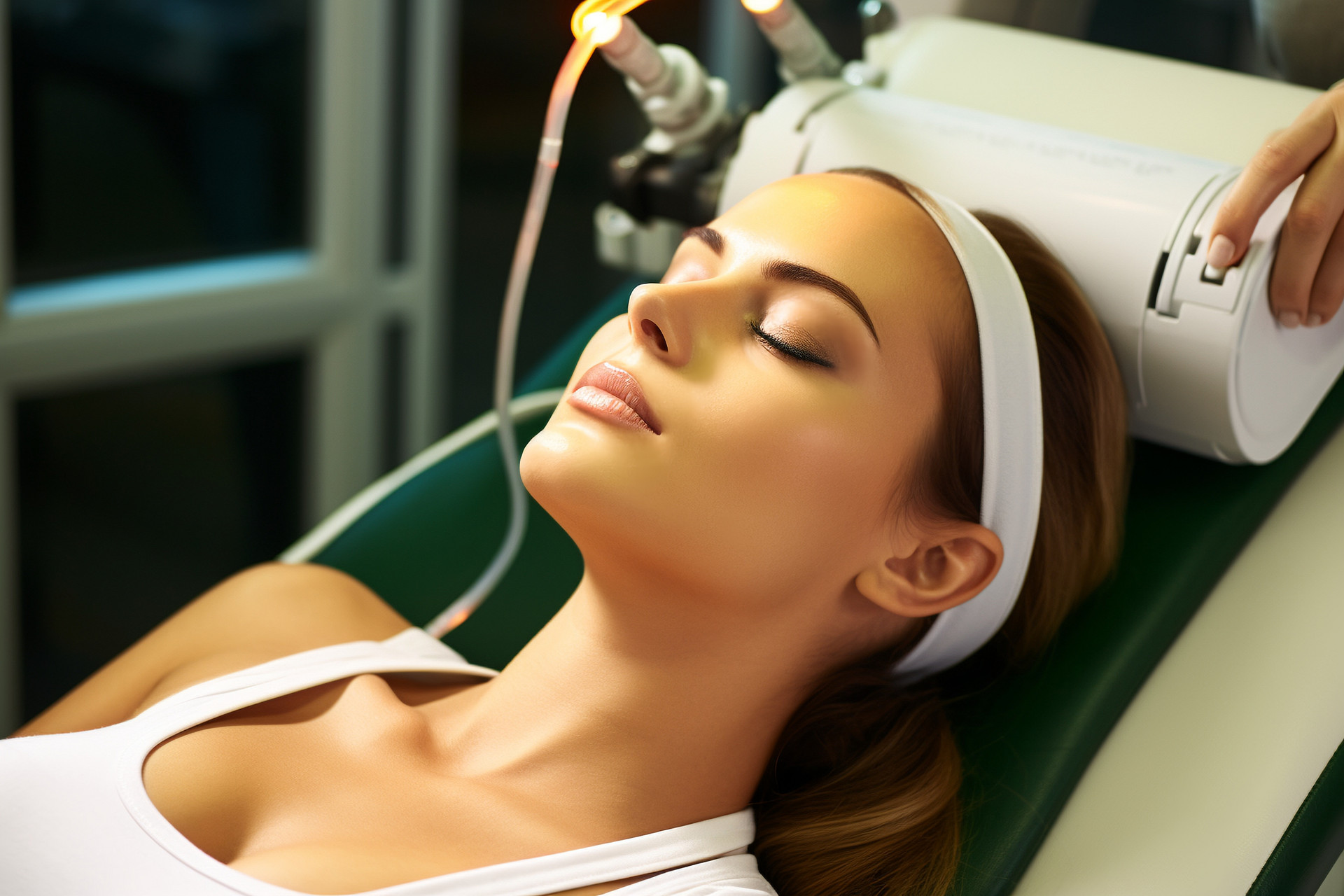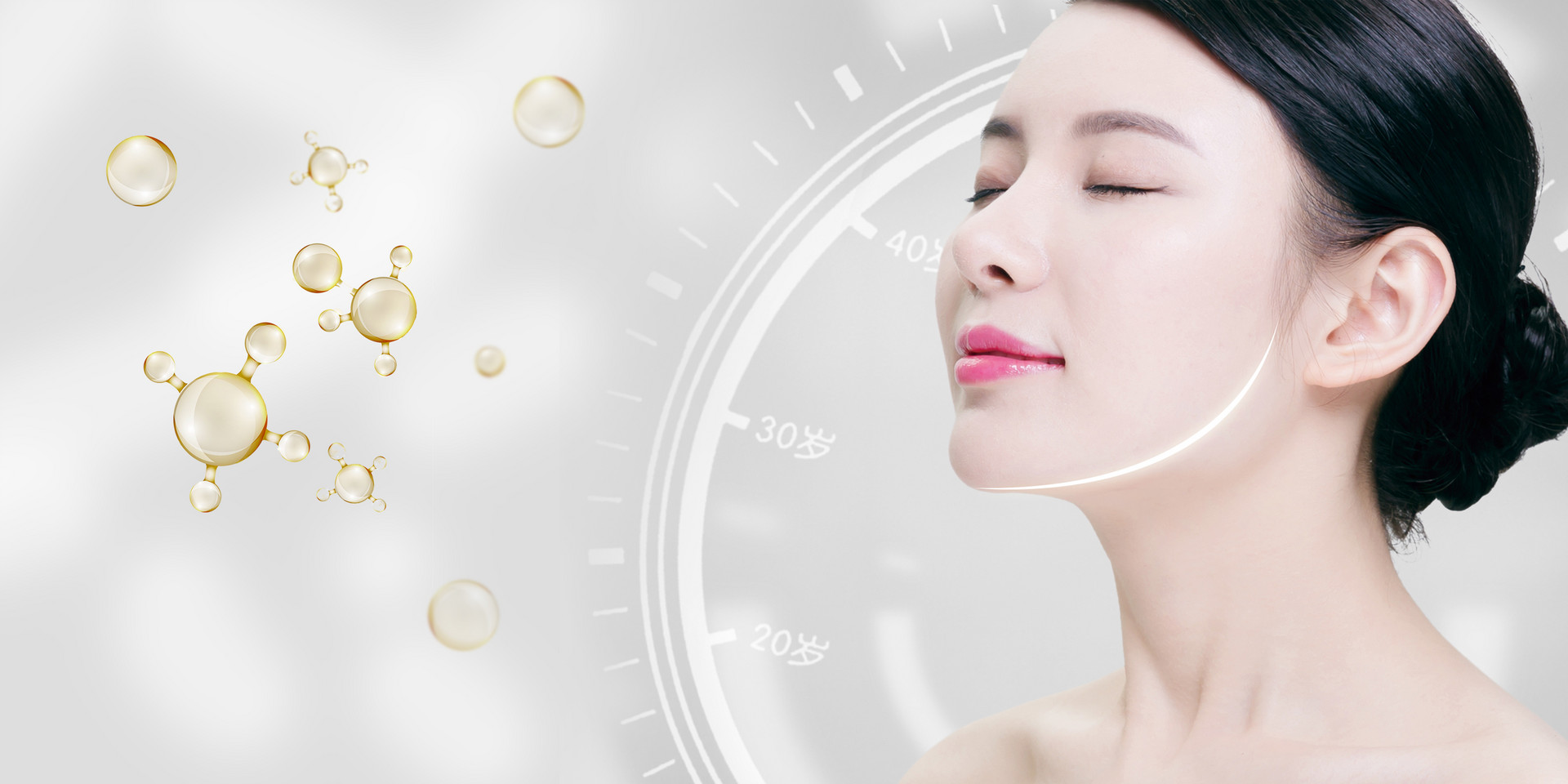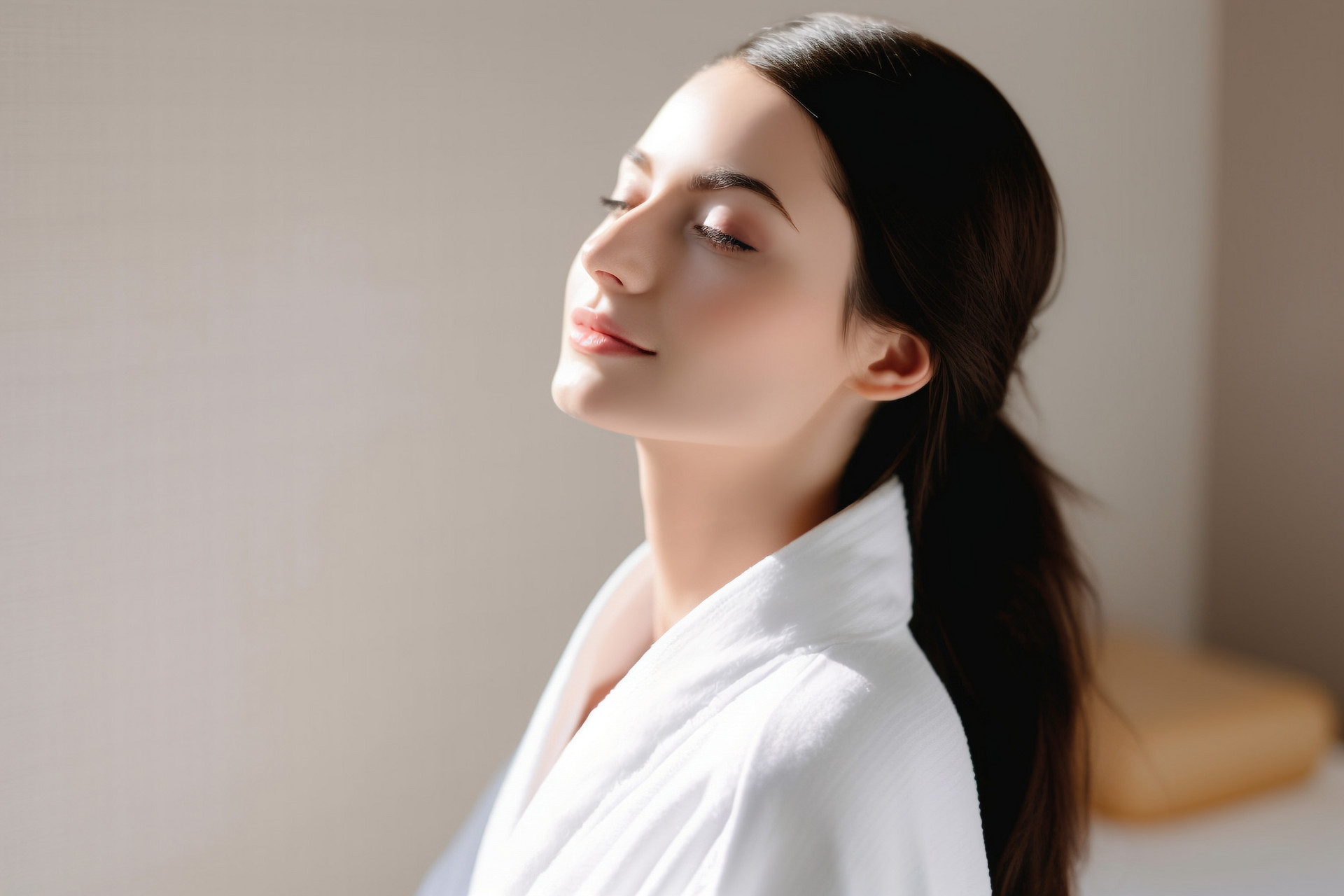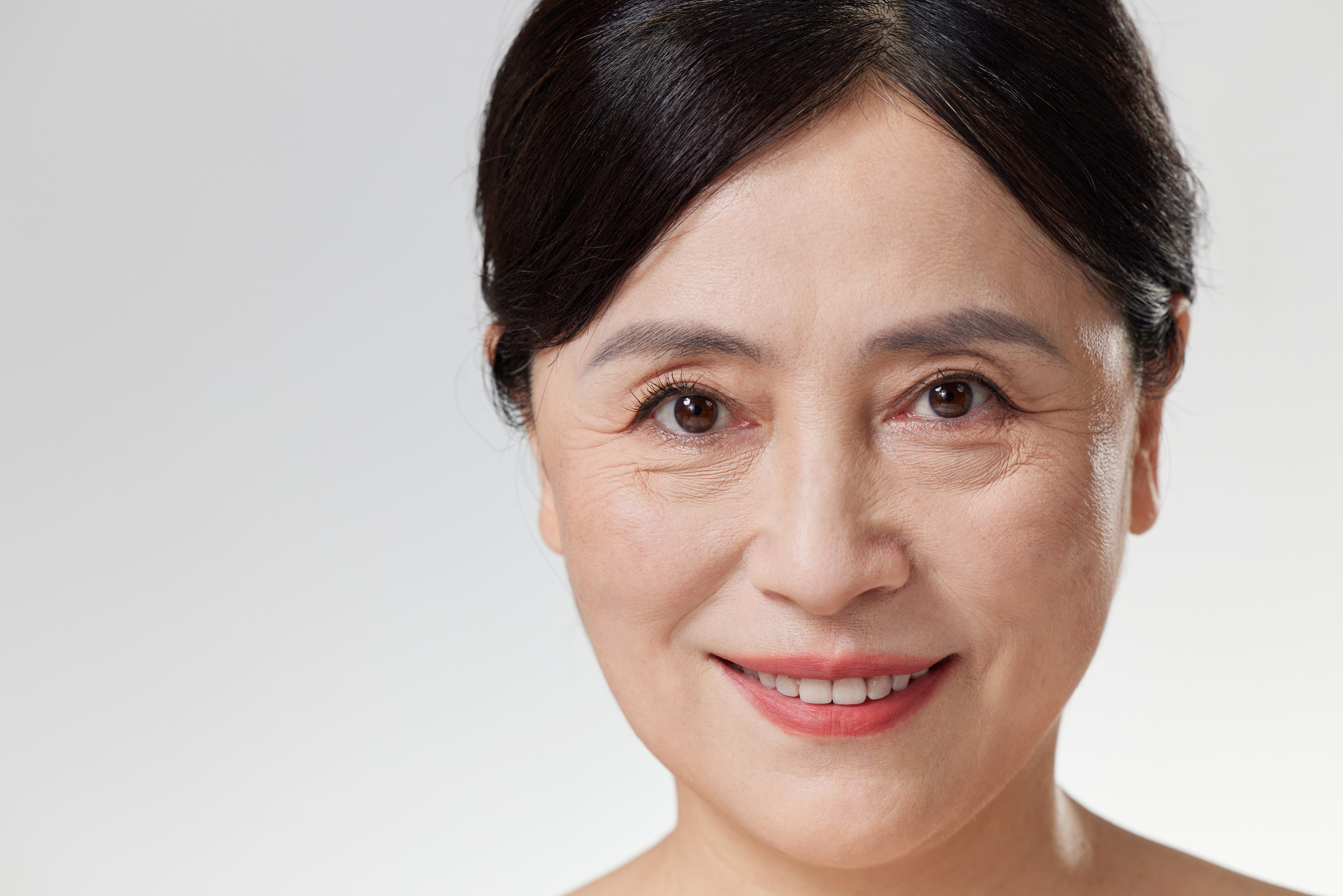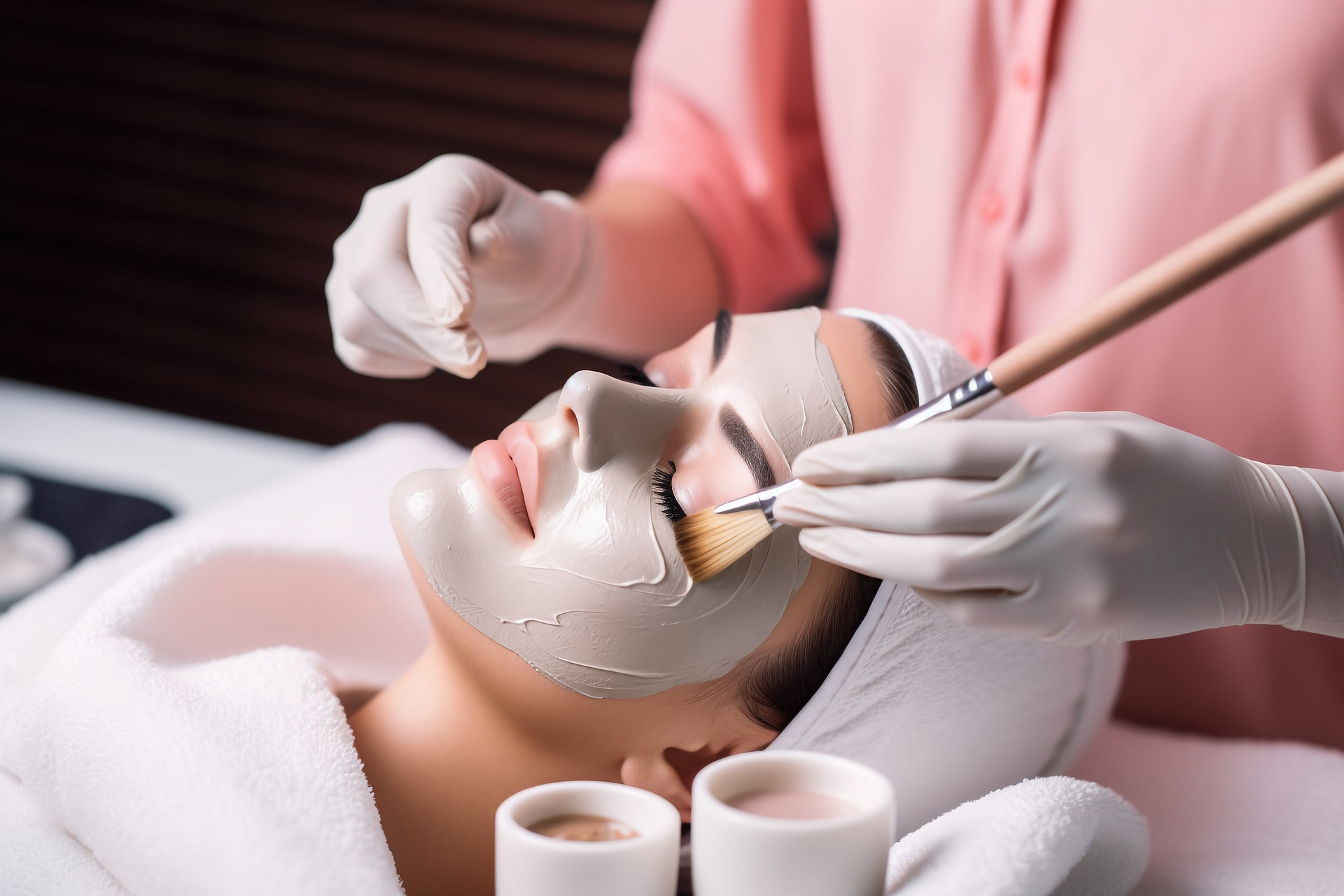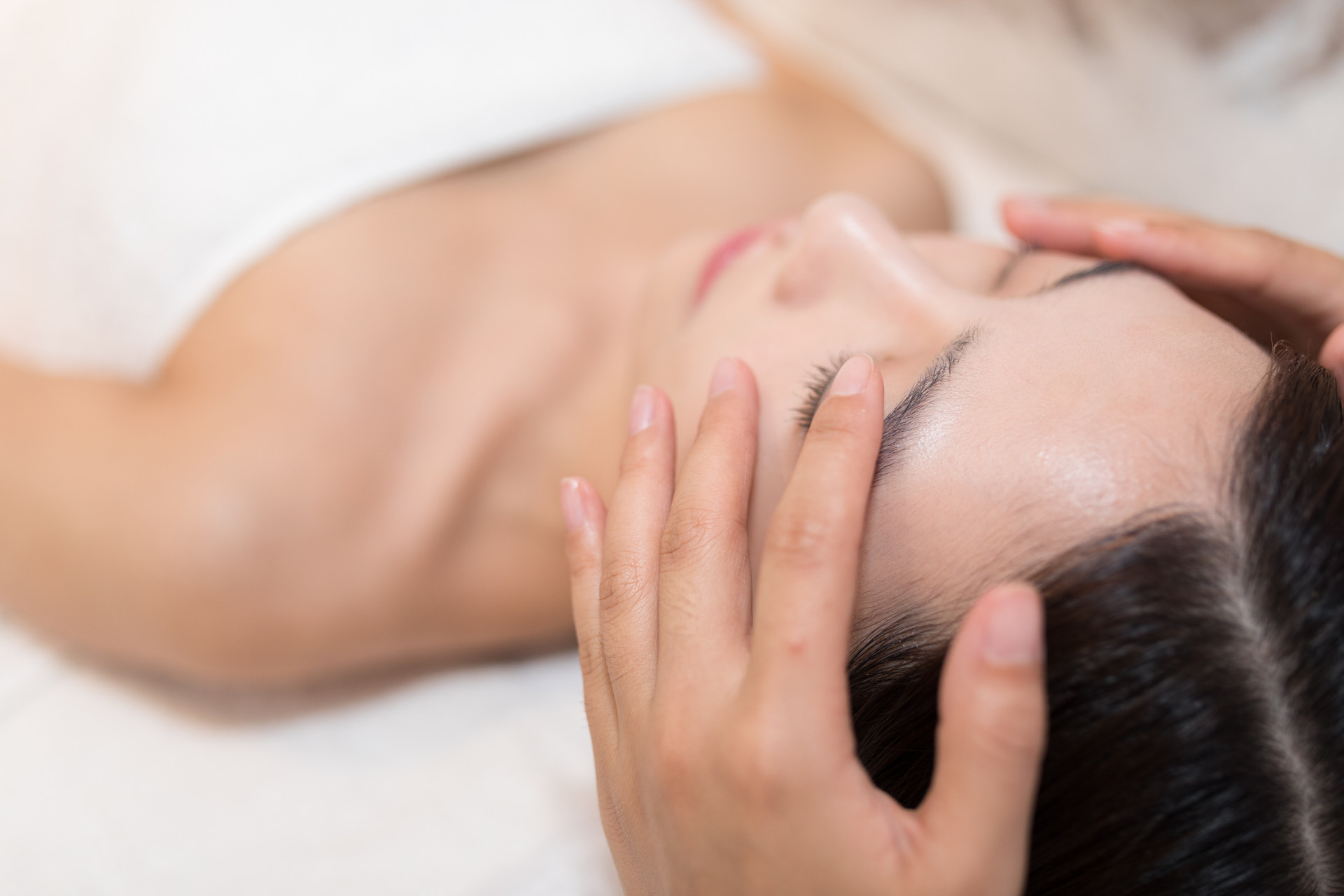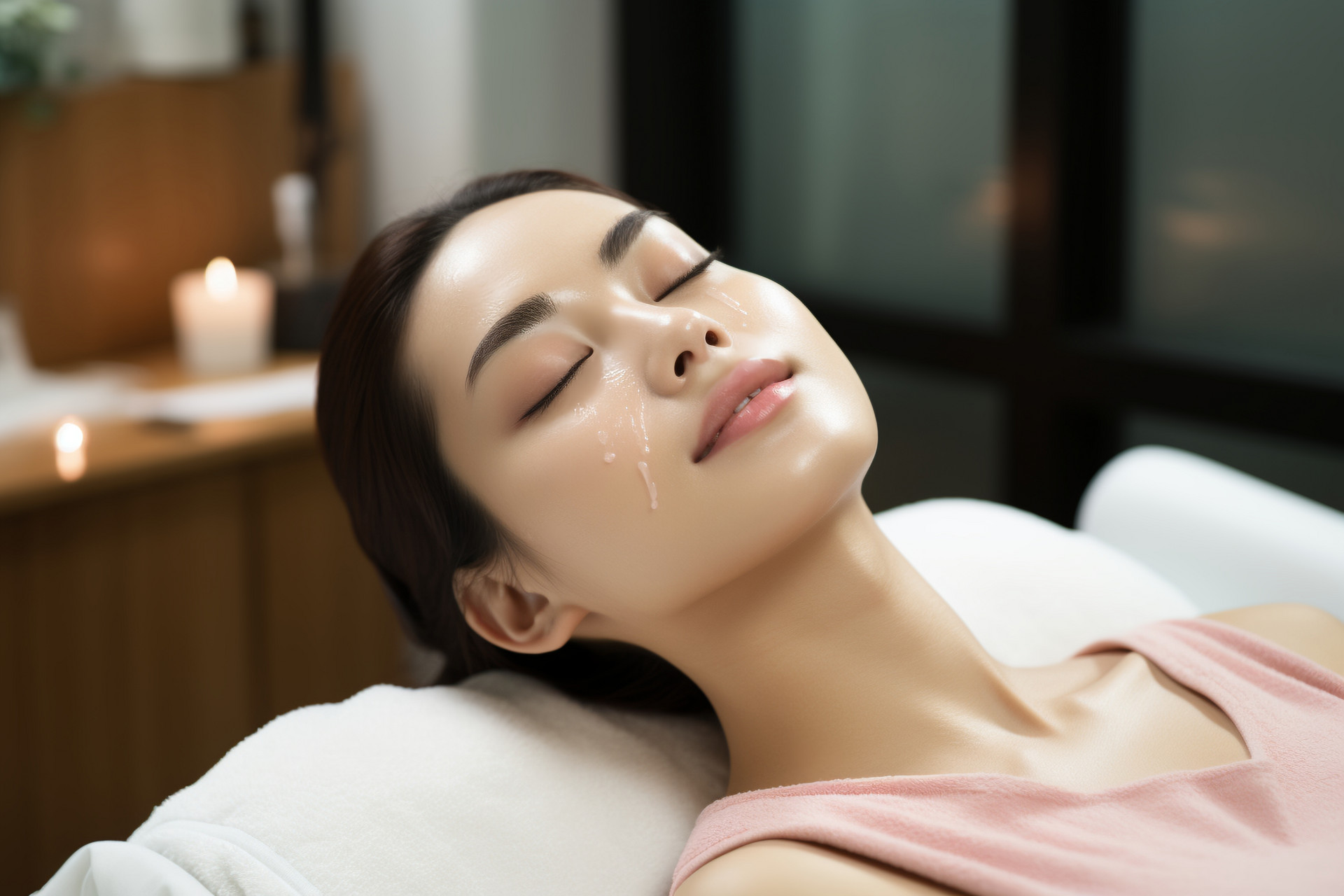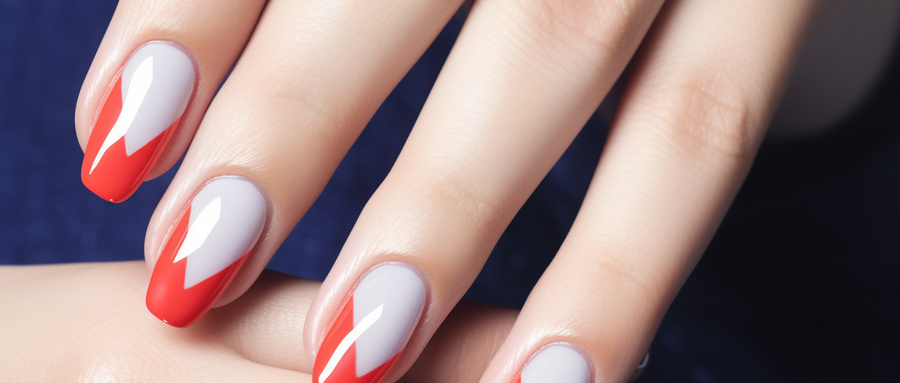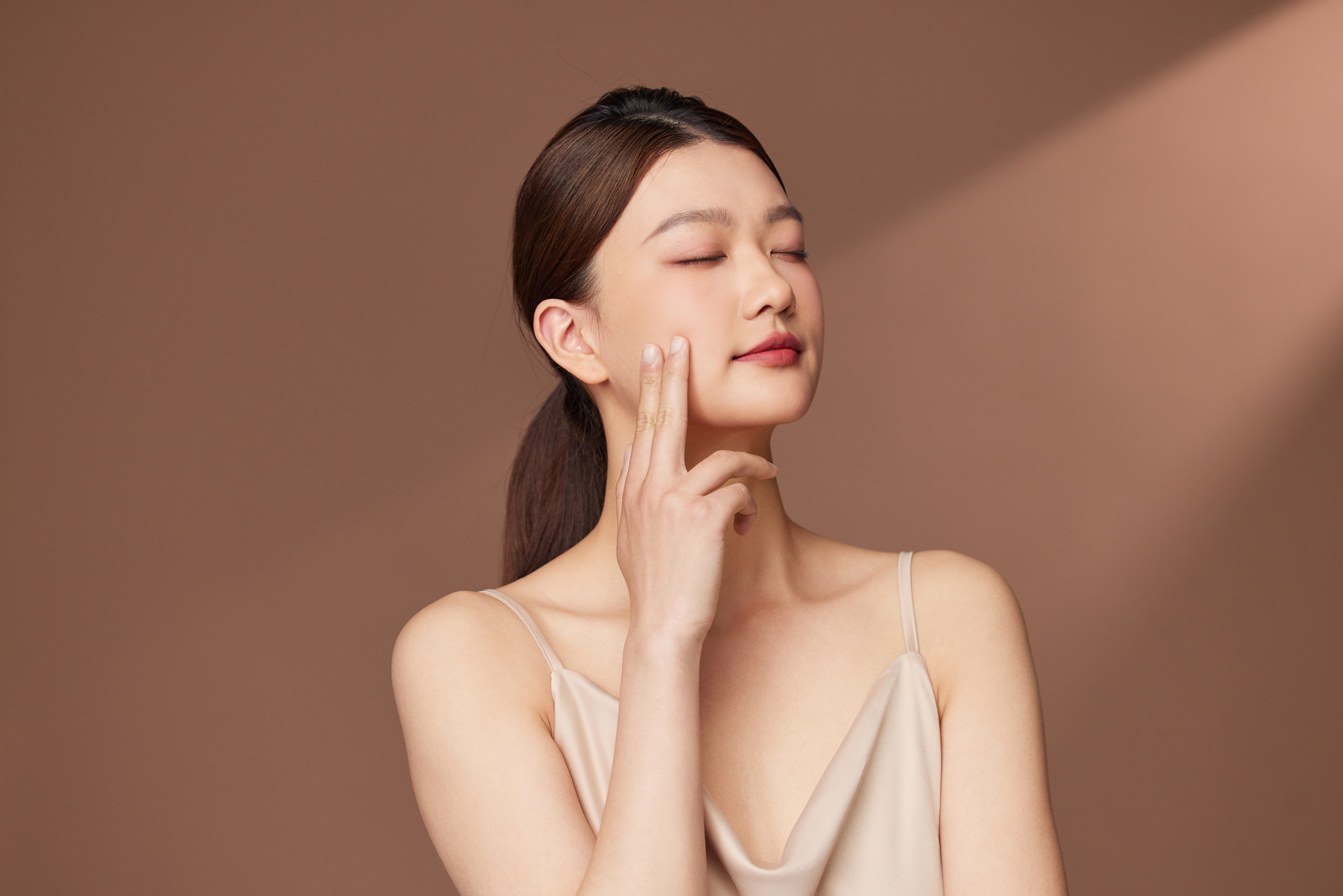Face issues are something everyone cares about, but some people's unsightly spots become a lifelong pain. So how should skin spots be removed, and there are various ways to remove spots? Let's take a good look at them below.
One, Freckles
Freckles are small, shallow brown or dark brown pigmented spots commonly seen on the face, especially on the nose and cheeks. It is an autosomal dominant hereditary disease, mostly appearing in childhood, with exacerbation around puberty. Freckles are more common in females, round, oval, or irregular in shape, generally with a diameter of less than 5px, smooth surface, clear boundaries, darkening after sun exposure, and increasing in number. Therefore, they tend to worsen in spring and summer and improve in autumn and winter, generally without subjective symptoms.
Treatment: Options include intense pulsed light therapy, usually 1-3 sessions every 3-4 weeks. Laser therapy can also be chosen, with complete removal usually achieved in 1-2 sessions, with a three-month interval between treatments. After treatment, avoid exposure to ultraviolet rays, as some spots may tend to recur after sun exposure.
Two, Chloasma
Chloasma is a common pigmentary skin disease in middle-aged and young women. The cause is not clear, but it may be related to pregnancy, oral contraceptives, drugs, cosmetics, genetics, trace elements, liver diseases, and ultraviolet radiation. It mainly manifests as pigmented spots of varying sizes and shapes on the face. The color is mostly light brown, yellow-brown, or coffee-colored, sometimes light black. It is generally distributed symmetrically around the eyes, forehead, cheeks, sides of the nose, and around the lips, resembling a butterfly shape, with clear borders, smooth surface, non-itchy, non-scaly, and non-painful. The color deepens after summer sun exposure and lightens in winter.
Treatment: Q-switched 1064nm laser therapy can be used, with parameters such as large spot size and low energy preferred, once a week or every two weeks. For severe cases, higher energy treatments can be chosen once a month. Intense pulsed light is also effective for epidermal chloasma. Combining these two methods yields good clinical results. Oral tranexamic acid can also be taken to inhibit tyrosinase activity, thereby reducing melanin production.
Three, Melasma
Also known as temporal and cheek melasma. It is a rash formed by several brown or black-brown spots clustered symmetrically on the cheeks or temples. As the condition progresses, the color and size of the rash gradually deepen and worsen. The etiology of this disease is quite complex and may be related to genetics. It is also associated with poor-quality cosmetics (such as heavy metals like lead, mercury, arsenic, etc.). It may also be related to gynecological diseases, ovarian dysfunction, and psychological factors.
Treatment: Q-switched 1064nm laser therapy is commonly used. Generally, 4-6 sessions are performed with an interval of 6-9 months between each session. The spots may darken 1-2 months after treatment and gradually lighten 3-6 months later. With repeated laser treatments, most patients can achieve complete removal.
Four, Ota Nevus
It is a brownish-black spotted lesion involving the sclera and the facial skin innervated by the trigeminal nerve. Also known as periorbital palpebral nevus. The cause of this disease is still unclear, possibly due to autosomal dominant inheritance. The lesions are light blue, gray-blue, brown-black, or yellow-brown patches or dense spots, with the edges of the patches often fading. The spots are clustered and distributed sparsely or densely, with some having patches in the center and spots at the edges. The affected areas are commonly found around the orbit, forehead, frontotemporal area, cheeks, temples, and sides of the nose, corresponding to the distribution of the first and second branches of the trigeminal nerve. It is unilateral, occasionally bilateral. About two-thirds of patients have blue-stained sclera on the same side.
Treatment: Q-switched Nd:YAG 1064nm laser or 755nm alexandrite laser are commonly used, and a 694nm ruby laser can also be used. The pulse width is 7-100ns, and the energy density is 5-8J/cm2. Generally, 3-6 treatments are performed once every 3-6 months, eventually achieving complete cure.
Six, Cafe-au-lait Spots
It is a hereditary skin disease characterized by light to dark brown spots or patches resembling a mixture of coffee and milk, hence the name. Similar to freckle-like spots up to 500px or larger, round, oval, or irregular in shape, with clear boundaries and smooth surfaces. They can appear at birth or later in childhood, increasing in size and number throughout childhood, occurring on any part of the body, not self-resolving. Over 90% of neurofibromatosis patients have cafe-au-lait spots.
Treatment: Q-switched 532nm laser, generally 1-5 sessions with an interval of 3-6 months. The effectiveness varies greatly, with some cases showing good results without recurrence. Surgery may be necessary if needed.
Seven, Senile Lentigo
Medically known as seborrheic keratosis. It is a common benign epidermal hyperplastic tumor in the elderly, the cause of which is unknown. It may be related to sunlight, chronic inflammation, etc. It is prone to occur on the face, dorsum of the hands, chest, and back. Initially, there are one or more flat yellow or light brown papules, round, oval, or irregular in shape, with clear boundaries and a granular surface. It slowly enlarges, thickens, increases in number, deepens in color, becoming brown or even black papules or patches.
Treatment: Superpulse CO2 laser or Q-switched 532 laser can be used, generally achieving complete removal in one session. If they are scattered, photon therapy similar to freckle treatment can be used.
Eight, Pigment Deposits
Most commonly occur after local physical stimulation, such as trauma, laser, cryotherapy, topical medication or acne treatment, mosquito bites, or flea scratching. Pigment deposits are mostly light brown, purplish-brown to deep black. They generally fade away on their own within weeks to months, but some may persist for several years.
```

